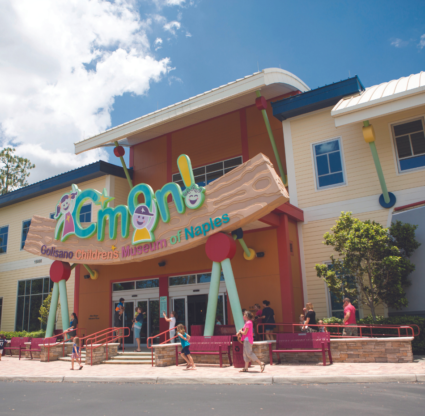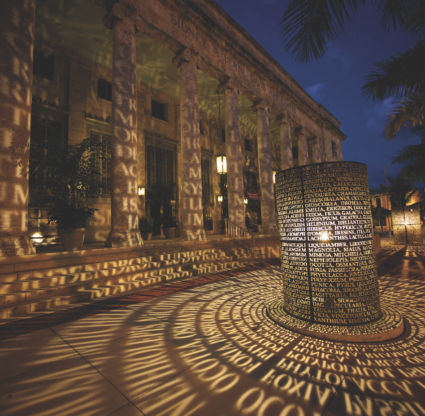In recent years, city planners have been trying to turn Southwest Florida into a more walkable region. Estero developers are currently trying to create a mixed-use village center, the City of Fort Myers has already spent millions on the revitalization of its downtown area, and Bonita Springs officials have voiced desires to have multiple mixed-use buildings in close proximity to each other.
But how important are walkable communities, which close the gap between residences and cultural amenities, to homebuyers? Interestingly, there are differences in the appeal depending on the location.
In Naples, buyers of all ages prefer the neighborhoods nearest to popular entertainment areas, such as Mercato, says Liz Biswurm, an agent at Royal Shell Real Estate’s North Naples location.
The Naples Park community, for instance, is about a mile from the beach, parks, and shopping and dining destinations, and Biswurm says residents include retirees, growing families and first-time homeowners. Each age group wants to be able to go out without worrying about a long drive, Biswurm says, which sometimes leads to competition for housing. “In areas such as Naples Park, Vanderbilt Beach and downtown areas, (different generations) are competing,” she says.
In Bonita Springs, buyers are not as concerned with walkable housing, says Becky Jaarda, a broker associate with Royal Shell Real Estate who deals in the area. They instead prefer gated communities such as Bonita Bay with expansive golf courses and other amenities. More walkable areas like Coconut Point, which has 290 residences atop retail stores, “really makes up a small segment of buyers” in general, she says.
In downtown Fort Myers, the condominiums attract both young professionals and retirees for their close proximity to dining and nightlife, says Tara Molloy, a broker with Riverside Realty Group LLC. However, since the condominiums “aren’t very kid-friendly,” she says, buyers with larger families tend to opt for other areas.
But Molloy predicts that will change once more neighboring single-family homes are built in the city’s redevelopment push. Once that happens, she adds, the area will see more families moving in who long to be within walking distance from entertainment.





